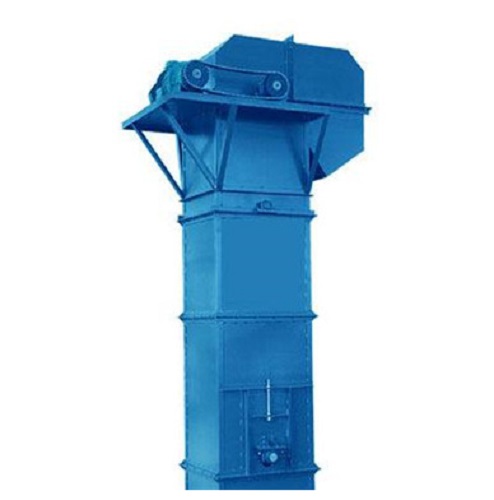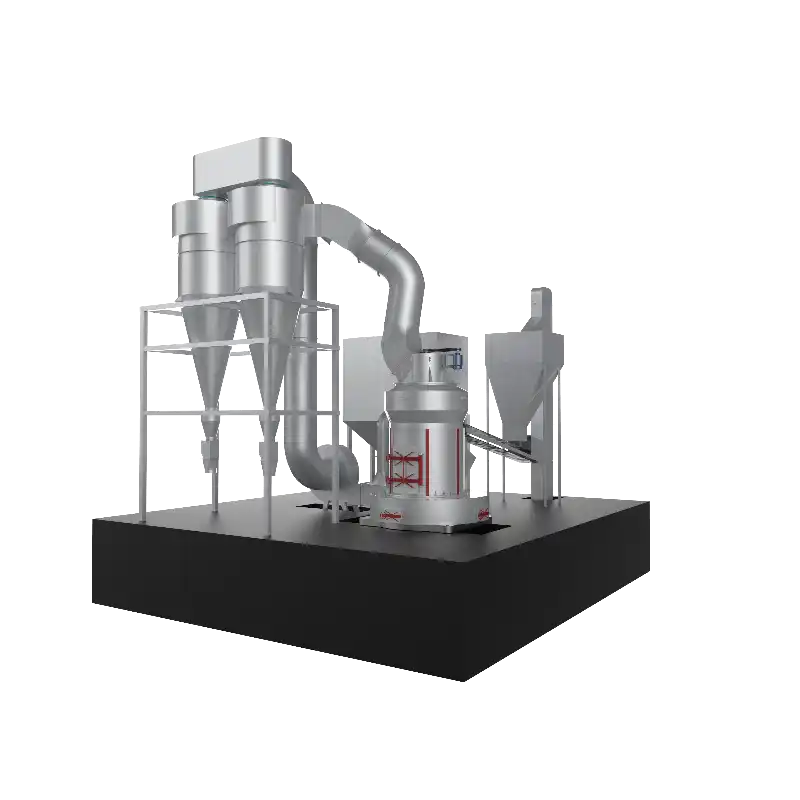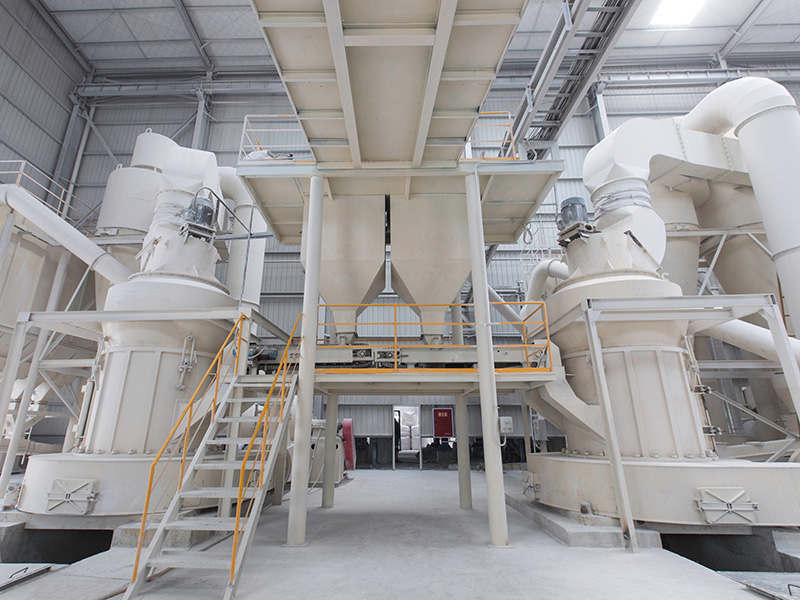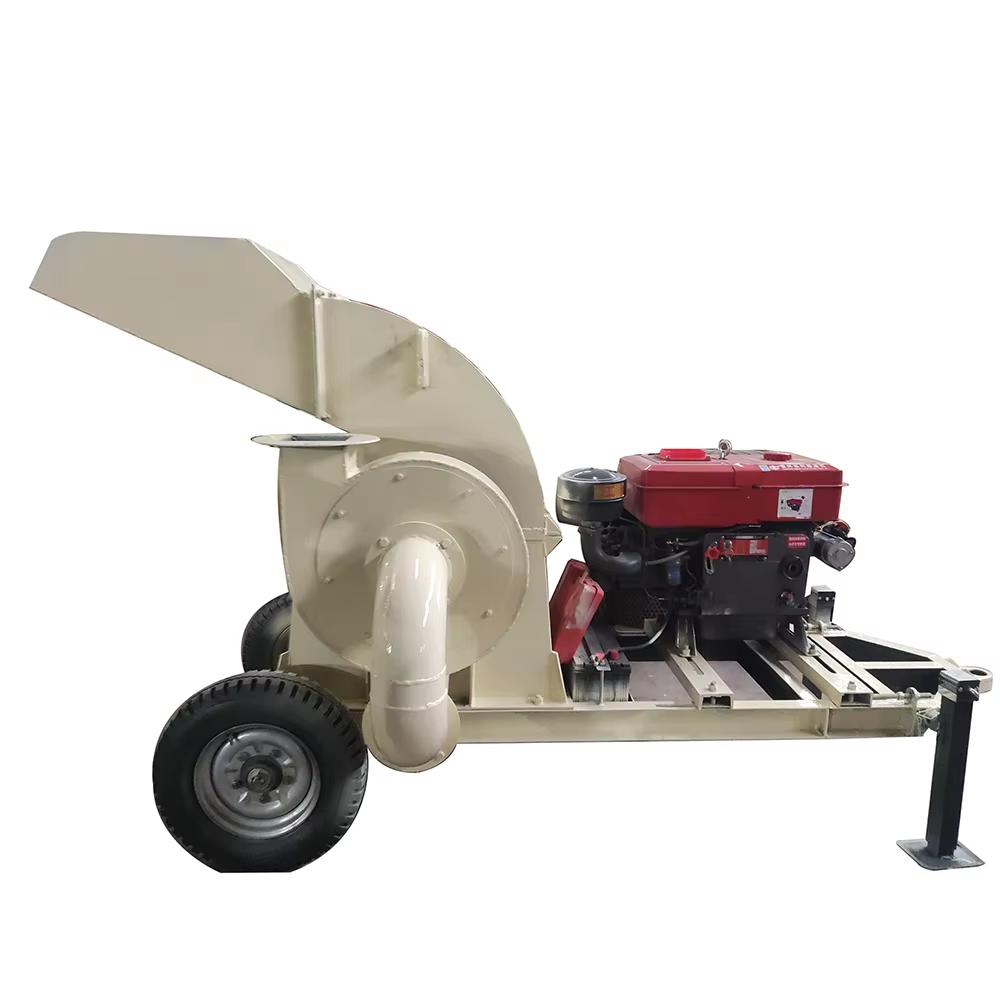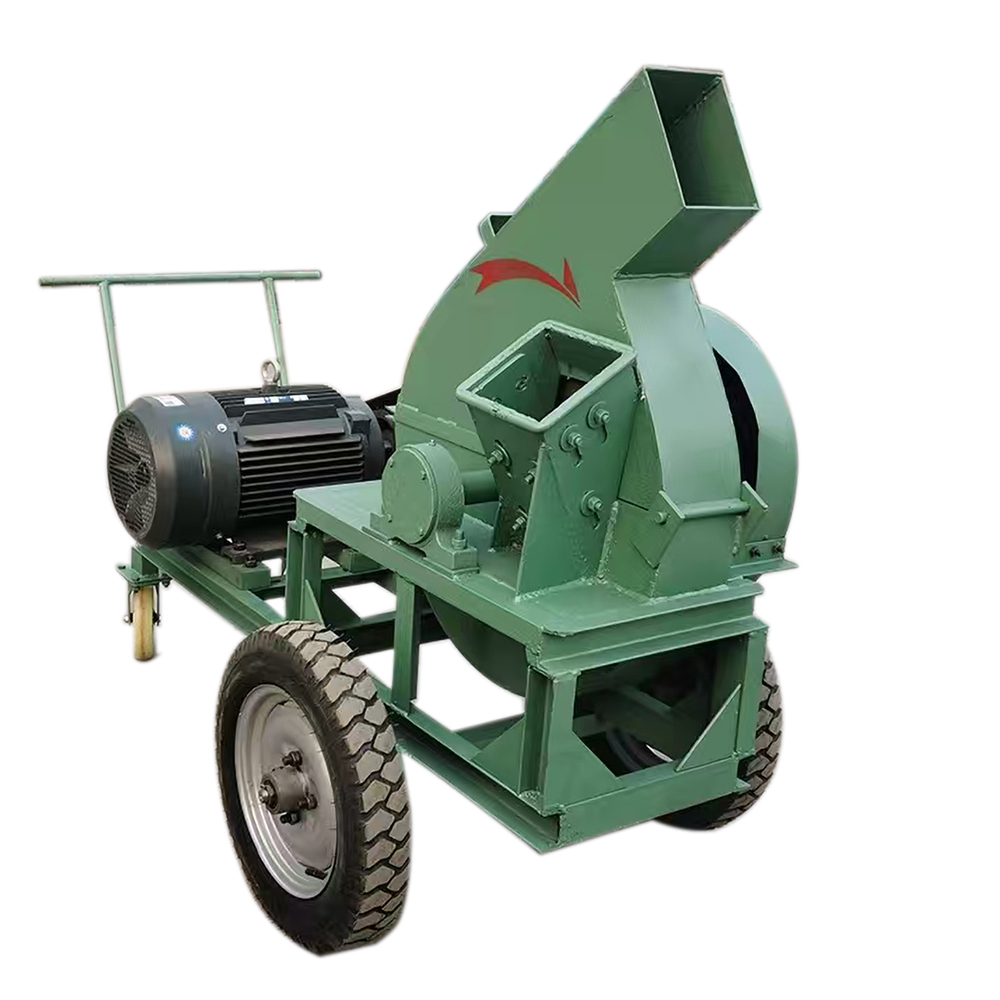Contents Catalog
Working Principle of Raymond Mill

Raymond mill, also known as Raymond grinding mill, is a widely used industrial machine for grinding various materials. The working principle of Raymond Mill revolves around the process of size reduction through mechanical impact, compression, and shear forces.
At its core, the Raymond mill comprises a few key components: the main unit, classifier, grinding ring, and rollers. The raw materials are fed into the grinding chamber, where they are subjected to high-pressure grinding between the grinding rollers and the ring. The grinding rollers, which are positioned on a rotating table, exert pressure on the material, causing it to be crushed and ground into a fine powder.
The fine powder is then lifted by the air stream generated by the fan into the classifier, where it is classified into different sizes. The coarse particles are returned to the grinding chamber for further grinding, while the fine particles are collected as the final product. The fineness of the ground material can be adjusted by modifying the speed of the classifier and the pressure exerted by the rollers.
Applications of Raymond Mill

Raymond mill is particularly renowned for its versatility and efficiency in various industries. One of its most significant applications is in the mineral powder sector, where it is employed to grind various minerals into fine powders for a myriad of uses.






Applications in the Mineral Powder Field
- Calcium Carbonate Production: Raymond Mill is frequently utilized for the production of calcium carbonate, which is essential in industries such as paper, plastics, and paints. The ability to achieve a fine powder with specific particle sizes makes Raymond Mill an ideal choice for producing high-quality calcium carbonate.
- Bentonite Clay Processing: Bentonite clay, known for its absorbent properties, is another material that can be finely ground using a Raymond mill. The processed bentonite is used in a variety of applications, including drilling fluids, cat litter, and as a binding agent in foundry processes.
- Gypsum Powder Production: In the construction industry, the demand for gypsum powder is significant for wallboard, plasters, and cement additives. Raymond Mill can efficiently grind gypsum rock into a fine powder, meeting the specifications required for these applications.
- Barite Grinding: Barite, a mineral composed of barium sulfate, is commonly used in oil and gas drilling as a weighting agent. Raymond Mill is an excellent machine for grinding barite to the desired fineness, ensuring it meets industry standards.
- Talcum Powder: Talc, a hydrous magnesium silicate, is used in cosmetics, pharmaceuticals, and as a filler in various products. Raymond Mill can process talc into ultra-fine powder, enhancing its application in sensitive industries.
Fineness and Its Importance in Applications
The fineness of the product produced by Raymond mill is a critical factor that influences its applications. The typical fineness range for products processed by Raymond mill is between 30 to 400 mesh. However, with modifications and the right setup, it is possible to achieve even finer products for specialized uses.
- Coarse Products (30-100 Mesh): Coarser powders, such as 30 to 100 mesh, are typically used in construction materials and as fillers in various manufacturing processes. They provide bulk and can enhance the physical properties of the final products.
- Medium Fineness (100-200 Mesh): Powders in the 100 to 200 mesh range are commonly used in paints, coatings, and plastics. The increased surface area of these finer particles allows for better dispersion and adhesion in formulations.
- Fine Products (200-400 Mesh): Fine powders, especially those in the 200 to 400 mesh range, are crucial in industries such as pharmaceuticals and cosmetics. These powders require stringent quality control and specific particle size distributions to ensure effectiveness and safety in applications.
- Ultrafine Products (400 Mesh and Above): For specialized applications, such as electronics and nanotechnology, ultrafine powders are necessary. Raymond mill can be adjusted to produce these ultrafine materials, which are essential for advanced technological applications.
Conclusion
In summary, the Raymond mill is a crucial piece of equipment in the mineral processing industry, particularly for grinding a variety of minerals into fine powders. Its working principle, relying on mechanical impact and classification, allows for the efficient production of materials across different fineness ranges. The versatility of Raymond mill makes it an invaluable tool in sectors such as construction, cosmetics, pharmaceuticals, and more. By understanding the applications and the importance of product fineness, industries can better harness the capabilities of Raymond mill to meet their specific processing needs.

